DENVER — On the surface, it would seem that the Polestar 2 electric car is the most direct competitor in America to the Tesla Model 3. Look closer, though, and you may decide it is instead the antithesis of Tesla’s lowest-priced EV sedan. In fact, in many ways Polestar as a brand is quite unlike its American rival – perhaps the most compelling facet of that argument is the fact that Polestar has proven adept at getting well-built products into customer hands within an admirably short timespan, whereas Elon Musk’s electric vehicles are known to take way longer than expected to come to market.
That brings us back to the 2024 Polestar 2. It represents the first major refresh of the Swedish-designed and Chinese-built EV since it debuted in 2020. From the outside, the freshening looks like it was performed with a very light touch. The basic shape remains unchanged, a unique blend of sedan and hatchback that looks like it sits on its wheels somewhere between a compact car and a small crossover. The only notable update is a so-called “SmartZone” panel that incorporates all the front radar and camera modules, and replaces the previous 2’s vertical-bar grille.
Under the surface, the biggest news is the addition of a single-motor version of the car with an all-new and more powerful motor driving the rear wheels; the previous entry point into the range had a lower-output motor powering the front wheels. There’s also a redesigned all-wheel-drive powertrain that boosts both efficiency and performance.
If you’re looking for a reason to choose the 2024 Polestar 2 (or even a past version of the 2) instead of a Tesla Model 3, we’d like to direct your attention to the interior. Whereas the best-selling Tesla is spartan and techy, the Polestar is comparatively comforting and luxurious. A variety of textures work together to form a cohesive design in the Swedish car, from the base textural fabric and three-dimensional plastic trim, to the Plus Pack’s comfy Weavetech textile and wood, to the upper-level embossed Nappa leather. No matter how it’s configured, the look manages to straddle the line between sensibly functional and modern.
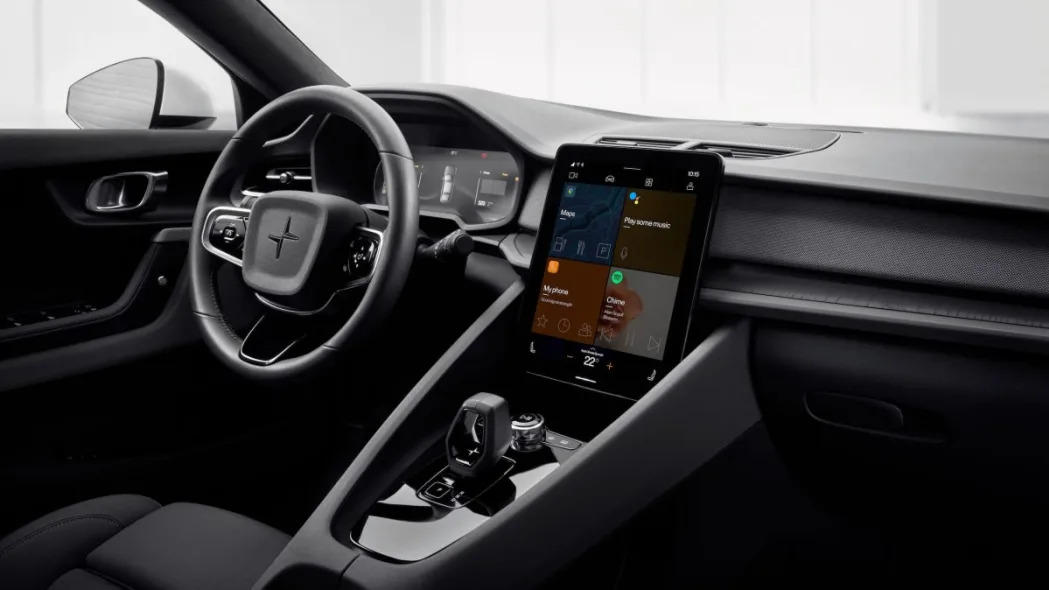
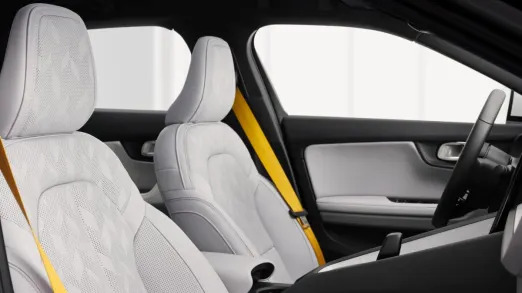
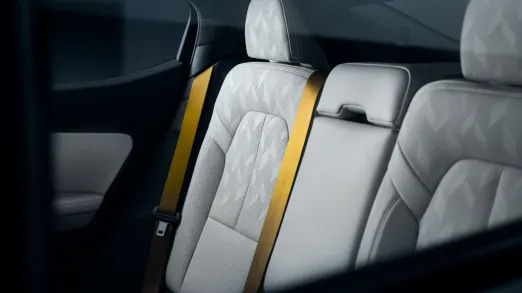
Unfortunately (and unlike the Tesla), the Polestar 2 has a raised tunnel between the seats despite the fact that it has no transmission or driveshaft. Polestar told us that future cars – the 3, 4, 5 and 6 have already been announced – will ride on a skateboard platform with a flat floor. If passenger space, particularly for rear-seat occupants where headroom is limited and the seatback isn’t adjustable, is of paramount concern, competitors like the Model 3 and Hyundai Ioniq 6 are superior alternatives. So are those with hatchback/SUV body styles, including the Ford Mustang Mach-E, Hyundai Ioniq 5, Kia EV6 and Volkswagen ID.4.
There’s the expected centrally located touchscreen to control most of the car’s infotainment features, which are all powered by an Android-based operating system. Unlike its main competitor, there is also a lovely digital instrument cluster directly in front of the driver. For would-be buyers with disdain or skepticism for the one-big-screen ownership experience, this second screen may be a deciding factor in Polestar’s favor. Both screens look crisp, with good graphics and well-chosen colors. We used Google Assistant and Google Maps, both standard applications in the 11.2-inch infotainment screen, and everything worked flawlessly. Sending the navigation guidance to the 12.3-inch screen in front of the driver equals an excellent user experience. We also confirmed Apple CarPlay worked without a hitch. Speaking of hitches, all Polestar 2s can tow up to 2,000 pounds.
Buyers can pick from three motor/performance configurations: the standard rear-wheel-drive Polestar 2 (shown below in Magnesium gray), a slightly more expensive all-wheel-drive version that for 2024 has more rear-wheel bias than before, and the Performance Pack version (shown above in Midnight blue) that bumps AWD power from 421 to 455 horsepower (down slightly from 2023’s 476 hp). Torque stays flat at 546 lb-ft with both AWD versions (up from a max of 503 in 2023). As tempting as a 0-60 time of just 4.3 seconds sounds (4.1 with the Performance Pack or with an after-purchase download), we walked away from our comparison test of the standard model and a Dual motor model equipped with the Performance Pack feeling the standard rear-drive package is more intriguing. Power comes in at 299 hp and 361 lb-ft, enough to push the 2 from 0-60 in 5.9 seconds.
But there’s more to the story, as the standard car comes with a new battery pack with more energy-dense cells sourced from CATL. The 82-kilowatt-hour pack provides a 320-mile range, which is a significant bump from the AWD’s LG-sourced 74 kWh pack and its resulting 276 miles (all the way down to 247 with the Performance Pack). Polestar product planners say they wanted to position the base 2 with over 300 miles of range, which is why the larger pack goes in the seemingly lesser car. All cells use a nickel-manganese-cobalt chemistry regardless of manufacturer, but the newer pack can charge at a faster 205-kW rate, which means it takes less time to charge than the 155-kW-max charging rate of the older LG cells used in all-wheel-drive models. Polestar estimates a charge from 10 to 80% to take 28 minutes in its standard car or 34 minutes with the more expensive dual-motor model. We’re hoping the higher-capacity cells make their way across the range in coming years.
We had more fun behind the wheel of the lighter rear-wheel-drive Polestar 2 down the twisty mountain passes we drove in Colorado. The car’s steering feels more playful and communicative when the front wheels are unencumbered by driveshafts, and there’s still plenty of mid-range torque from the single, rear-mounted electric motor to keep the drive interesting. For drivers who don’t need AWD traction (here’s where we remind you that winter tires make a huge difference regardless of which wheels are powered), the RWD car is the superior car to drive.
All Polestar 2s are equipped with three steering settings, the ability to turn regenerative braking on or off, and a creep mode that nudges the car forward as the brake is released. We found the standard steering setup just right; changing it to “Firm” didn’t feel like an improvement. Regenerative braking is kept to a single setting that maxes out at .3 Gs of deceleration, which doesn’t feel as powerful for one-pedal driving as the Tesla Model 3 or Hyundai and Kia models set to i-Pedal mode.

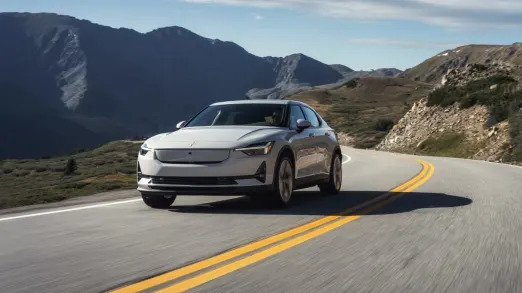
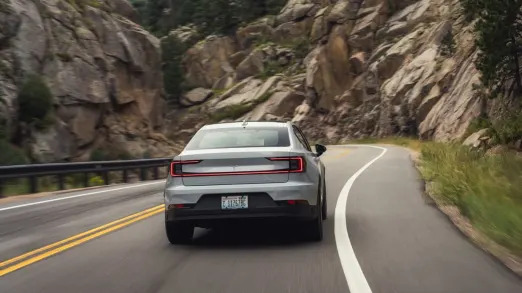
Both the rear- and all-wheel-drive cars come standard with the same twin-tube shocks with a multi-link rear and MacPherson strut front suspension setup. The Performance Pack adds Öhlins Dual Flow Valve shocks that are manually adjustable (Polestar dealerships offer at least one free suspension-setting change per year). While the better suspenders are indeed a welcome addition, such hardcore componentry feels like overkill. We found the standard setup well suited to the car, with a ride on the right side of firm and an ideal balance between comfort and cornering performance. This is consistent with our past Polestar 2 test drives, which included stints with standard and sportier suspension settings. We preferred the standard. There are three tires available, all in 245-millimeter width. Standard is a 19-inch wheel with all seasons; 20-inchers are optional. Cars fitted with the Performance Pack get unique 20-inch forged wheels with three-season performance tires.
An omission worth noting is the lack of any performance-minded seating options for the Performance Pack. While the seats are plenty comfortable and roomy, additional side bolstering or additional adjustability would pair well with the roadholding grip of the Pack’s fancy suspension and sticky tires.
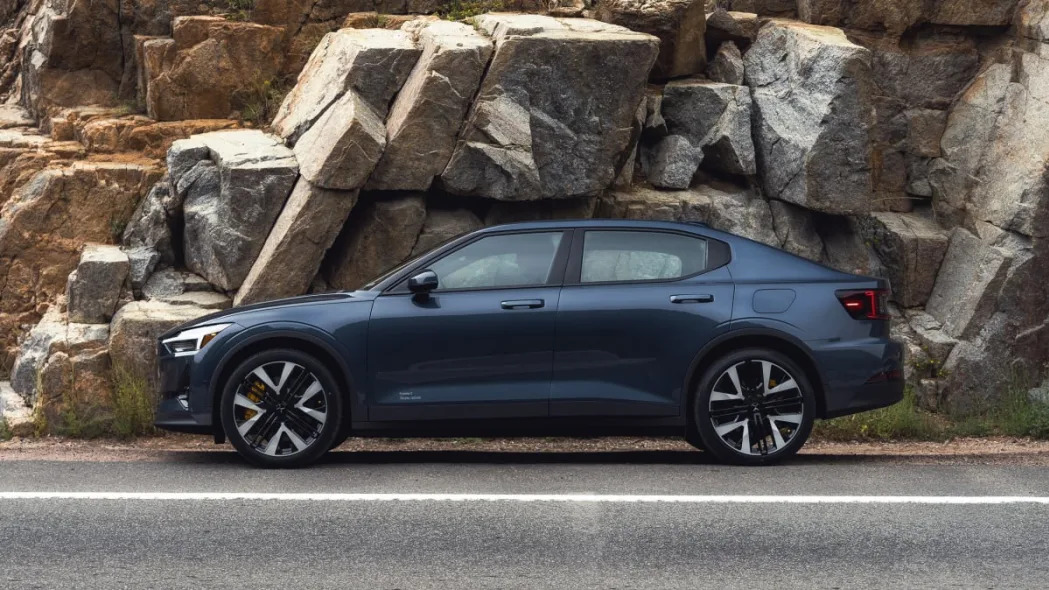
The standard Polestar 2 starts at $53,300 (including destination) and with 320 miles of range, is well-positioned to earn a chunk of conquest sales from Tesla, while the dual-motor model offers a significant acceleration increase for a seemingly reasonable $56,700. Note that price includes the Plus pack that adds an all-glass roof, a Harmon Kardon-branded sound system, WeaveTech-clad seats with adjustable lumbar support, heated rear seats and steering wheel and, important for greater efficiency in hot and cold temperatures, a heat pump. That package adds $2,200 to the cost of the standard Polestar 2 and we think it’s nearly mandatory. Through that lens, the Dual motor car stands out as a value, but remember the range drops to 276 miles and it can’t charge as quickly. The Performance pack adds another $5,500 (it gets gold seatbelts!) and can only be added to the Dual motor. A Pilot pack is available across the range for $2,000, adding adaptive cruise control, Pilot Assist (a driver assistance package with acceleration, braking and steering support that works up to 80 mph), Emergency Braking assist and LED cornering lights.
The 2024 Polestar 2 is a worthy upgrade to the version it replaces. Polestar isn’t following Tesla as the American brand cuts pricing – the Model 3 currently starts at $41,630 and even the Long Range model with all-wheel drive, 333 miles of range and a 0-60 time of 4.2 seconds costs $48,630 – and therefore does not stand out as a particularly strong value for price-sensitive buyers. It also is built in China and therefore does not qualify for any tax credit for purchases, though customers leasing may benefit from reduced monthly payments due to the IRA Clean Vehicle Credit. Still, the Polestar 2 does stand out as an attractive overall package with a unique exterior, lovely interior, excellent dynamics and competitive specifications. We’re confident it will attract more buyers than the outgoing version, and that those new owners will be quite pleased with their electrified Scandinavian machines.
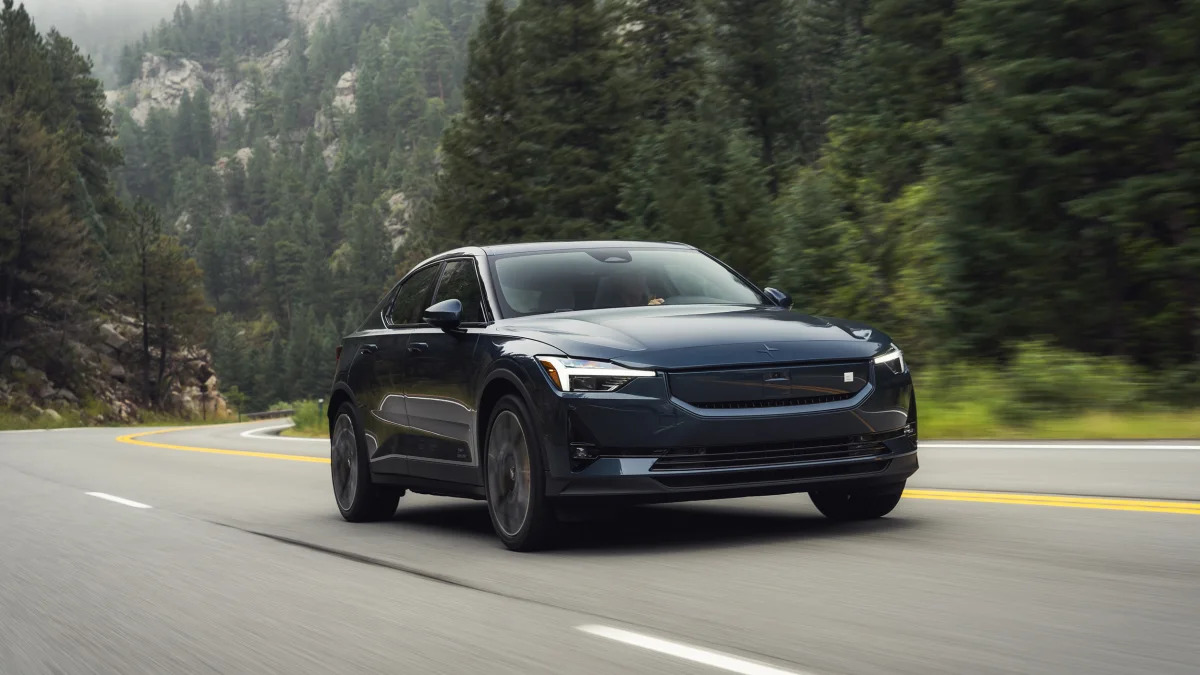
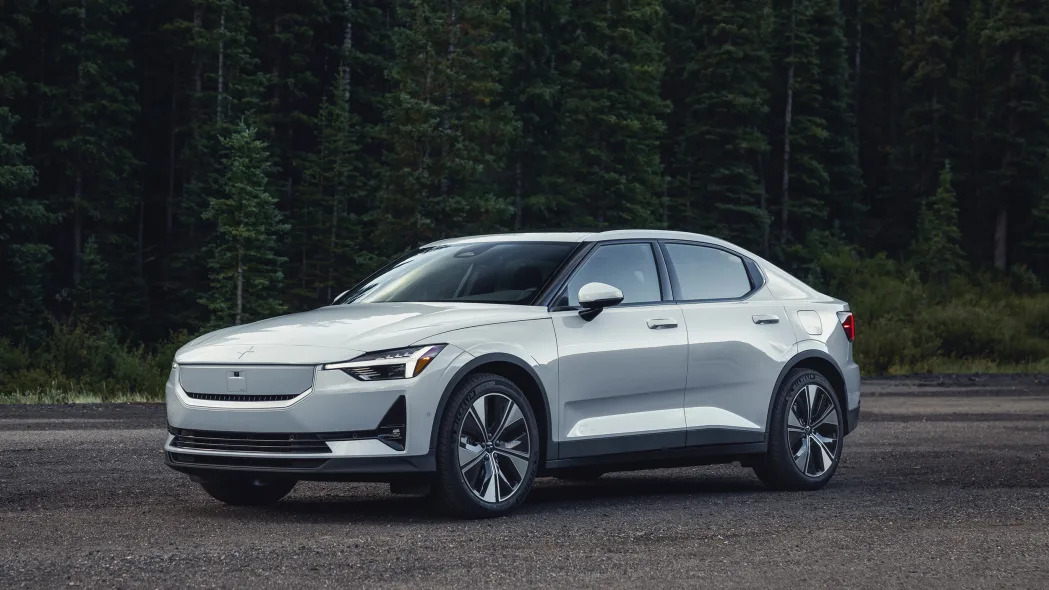








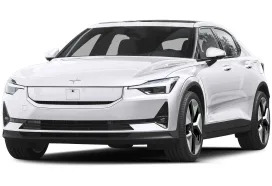

Sign in to post
Please sign in to leave a comment.
Continue